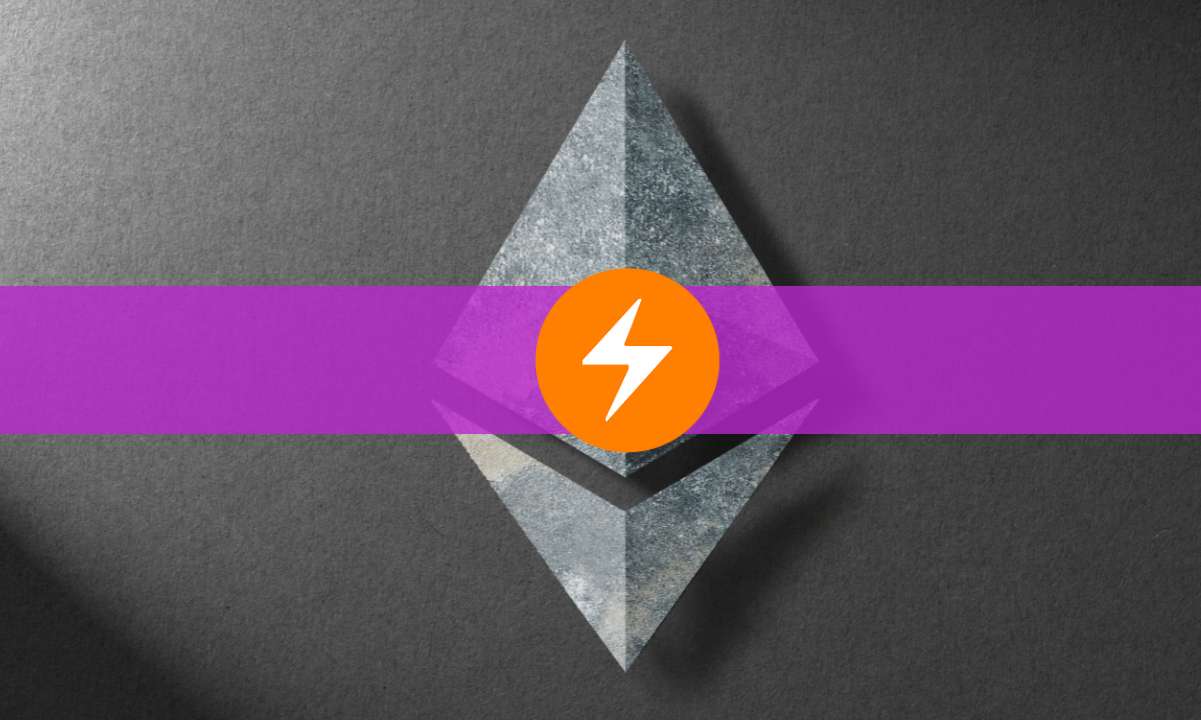Bitcoin Mining Difficulty Adjusts Upward Amid BTC’s Recent Price Recovery
The Bitcoin mining difficulty has experienced a slight increase of 1.44%, bringing it to 84.38T after a drop of 5.9% to 83.14T on May 9th.
It comes when BTC saw a significant price recovery and was hovering near its recently established peak above $70,000.
Bitcoin Difficulty Rises
The difficulty indicates how hard it is to mine a new block on the Bitcoin blockchain, recalibrating roughly every two weeks to maintain a steady block production time of around 10 minutes. The latest uptick marks a shift towards more challenging conditions for miners, reflecting the ongoing adjustments in the network to maintain a consistent block production rate.
#Bitcoin mining difficulty has increased by 1.44%!
-> After the $BTC difficulty fell by 5.9% to 83.14T on May 9th, it is again on the rise, currently at 84.38 T
-> The next adjustment is expected on June 4th and is estimated to increase the difficulty by 10.9% pic.twitter.com/COKETVmZni— CryptoPotato Official (@Crypto_Potato) May 23, 2024
The next difficulty adjustment, scheduled for June 4th, is anticipated to be significant, with a current estimated increase of 10.9%.
Bitcoin’s price had reclaimed some ground, rising to $70,000 before dropping by over two grand in the past few hours ahead of the US SEC decision on the spot Ethereum ETFs.
This price recovery, coupled with the recent halving event, which reduced the block reward, creates a mixed impact for miners. The halving on April 20 reduced the block reward by half to 3.125 BTC. As a result, the daily mining output was slashed from 900 BTC to approximately 450 BTC.
While the higher price boosts miners’ potential revenue, the increased difficulty and reduced rewards mean they must invest in more efficient hardware and incur higher operational costs to remain profitable.
Miner Capitulation
During the last adjustment earlier this month, the Bitcoin mining difficulty dropped by around 6%, marking the largest drop since the crypto winter of December 2022. This reduction was deemed beneficial for some miners by broker Bernstein in its research report.
Due to the lower BTC prices and nearly doubled costs since the halving, less efficient mining equipment was shut down, leading to a decrease in hash rate.
It wasn’t until a month into the halving that the first signs of miners’ revenues decreasing emerged. Data pointed towards miner capitulation.
The decline in hash rate, however, was brief, as figures recovered soon thereafter and it currently stands near 590 exahashes per second (EH/s) as per data compiled by Bitinfocharts. This can be attributed to the renewed speculation for the approval of spot Ethereum ETFs and subsequent rises in crypto prices.
The post Bitcoin Mining Difficulty Adjusts Upward Amid BTC’s Recent Price Recovery appeared first on CryptoPotato.









